Best space and astronomy books 2025
A stellar collection of the best space and astronomy books to educate, entertain, and spark your curiosity.
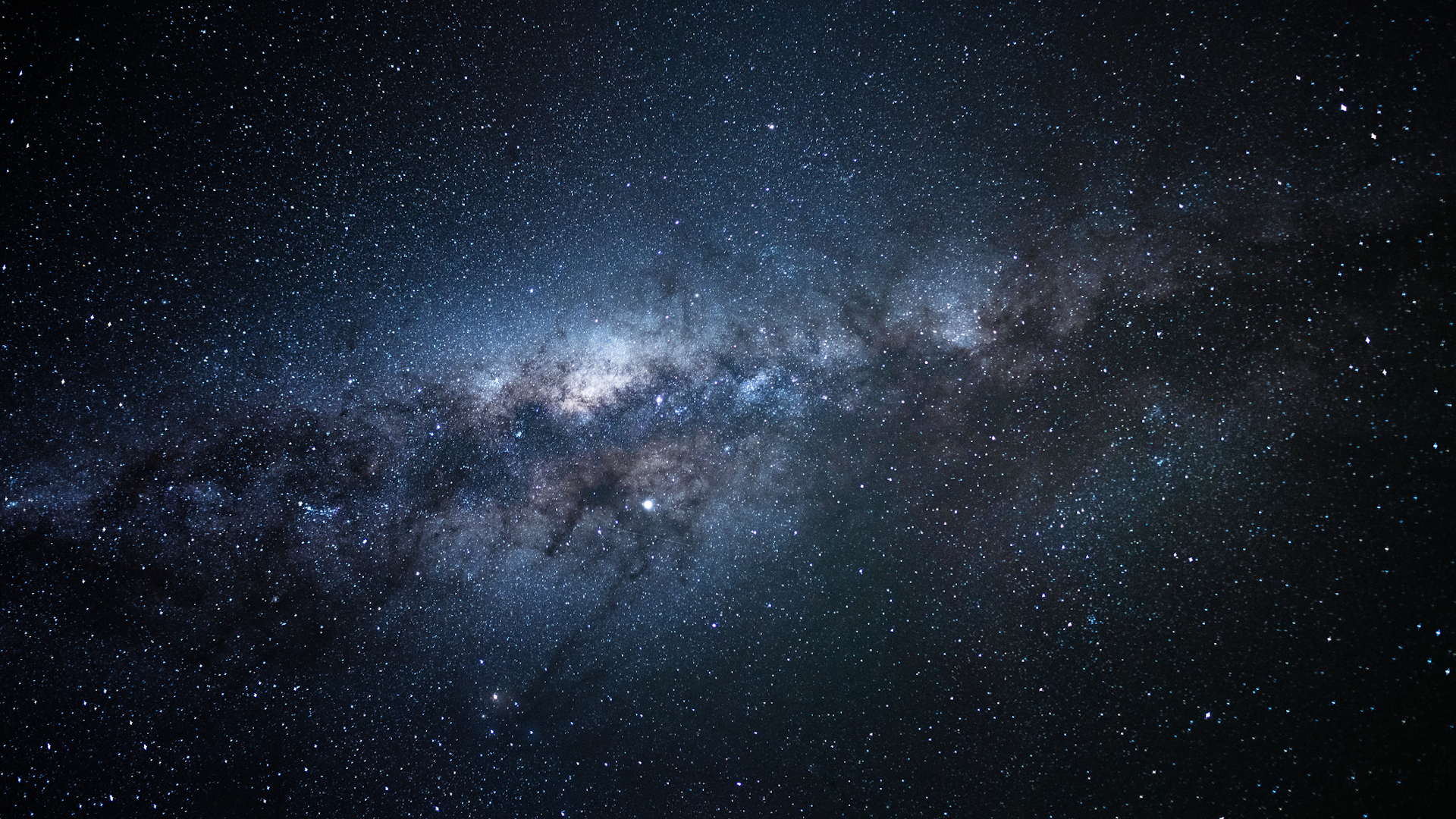
We've searched the cosmos for the best space and astronomy books out there.
“Watch the skies!” was a cautious warning announced at the end of the 1951 sci-fi classic, The Thing from Another World, and that’s probably great advice no matter what the reason. Not because we’re paranoid of squadrons of flying saucers or flocks of angry pigeons attacking from above, but to be aware of the beautiful tapestry of stars and planets above our heads.
To salute the wonders of the cosmos, we’ve chosen a collection of the best space and astronomy books that will serve as a springboard for stargazers and armchair astro-lovers, whether you're buying for yourself or a fellow space fan.
Whether you’re an amateur astronomer snapping breathtaking images of the night sky, a casual observer of the constellations, or a hardcore scientist working in the field of astrophysics, these titles should broaden your mind for a better understanding of our mysterious universe.
Below you'll find some of the best space and astronomy books you can buy today. This isn't a ranking, as each of these books has something unique to offer. There is a mix of modern releases and landmark classics so you're sure to find something you haven't read before. And if you're more interested in doing some astronomy than reading about it, then check out our guide to the best telescopes to get your star-gazing career started.
1. "A Brief History of Time"
Why you can trust Space.com
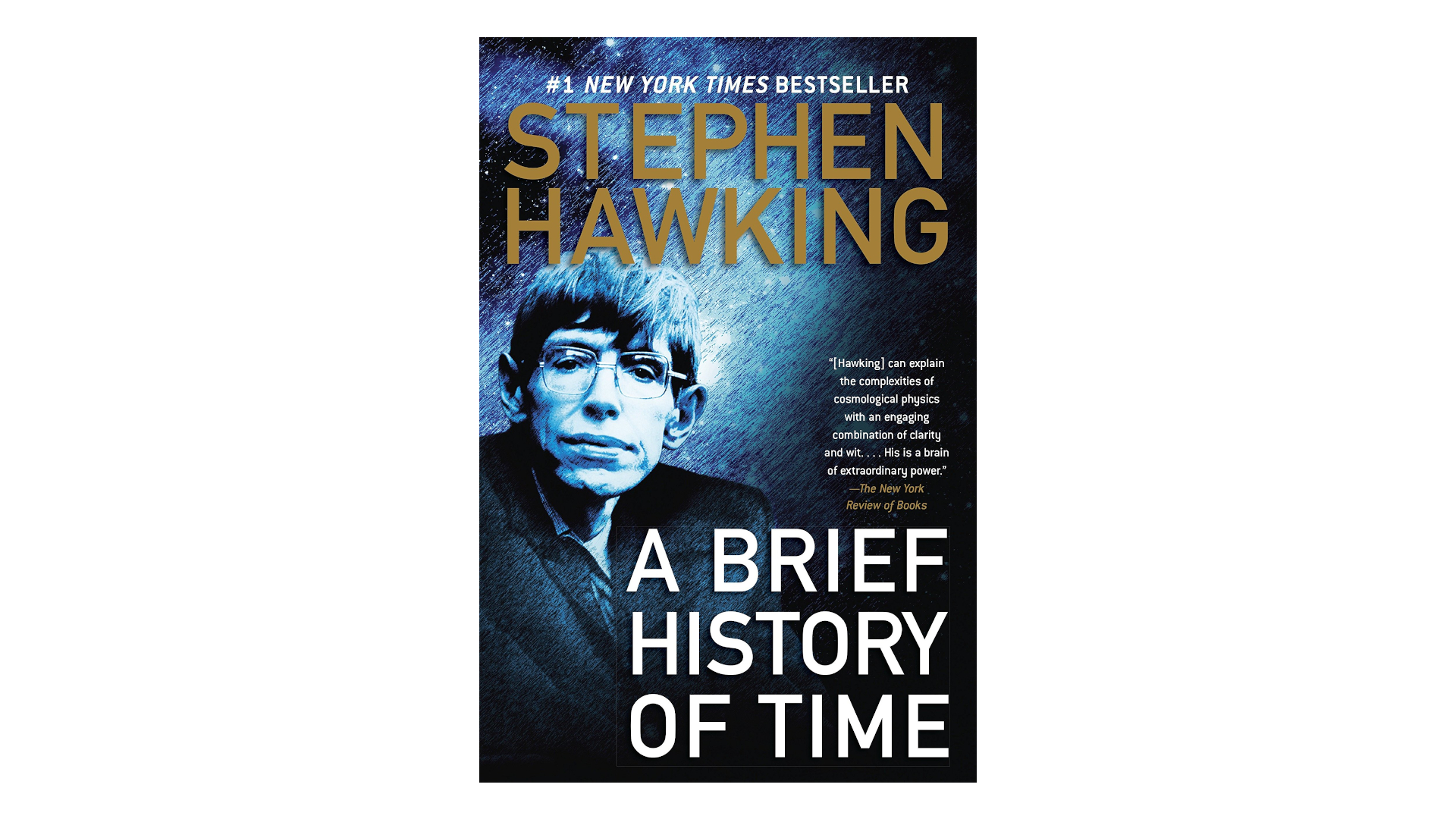
- Author: Stephen Hawking
- Publisher: Bantam (1988)
Stephen Hawking explains the universe. In this best-seller, the renowned physicist breaks down black holes, space and time, the theory of general relativity and much more, and makes it accessible to those of us who aren't rocket scientists. The book is a great primer for anyone who wants to learn more about the origins of the universe and where it's all heading.
Hawking's death at age 76 was announced March 14, 2018. You can read more about his incredibly life and work on our Stephen Hawking biography page.
If this seems a bit heavy for you though, "A Briefer History of Time," published first in 2005 in collaboration with Leonard Mlodinow, offers a more accessible update on the science of the first book.
2. “The Human Cosmos: A Secret History of the Stars”
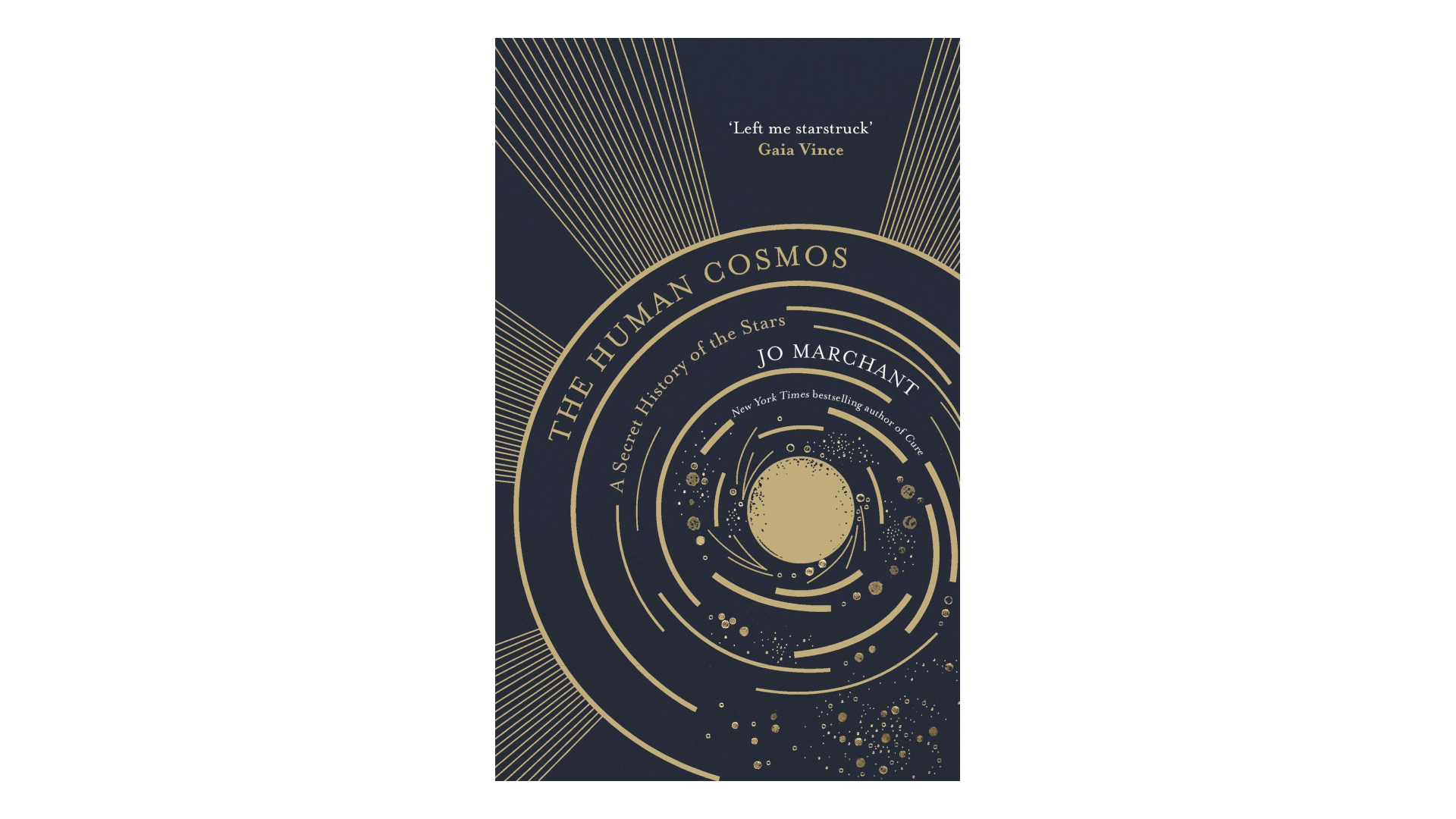
- Author: Jo Marchant
- Publisher: Canongate Books (2020)
Prepare for a cosmic view of our place in universal history with this enlightening volume where celestial cycles permeate our Earthly lives. Marchant’s book delves into our centuries-old relationship with the stars that shaped our personalities, religious beliefs, power structures, scientific advances, and even our biology. Over the last few centuries we seem to have distanced ourselves from the universe that surrounds us and that’s the topic she focuses on here.
Marchant guides readers on a tour through the history of humanity’s relationship with the heavens and the costs of our separation from its influence. From the Hall of the Bulls in Lascaux to witness the winter solstice at an ancient tomb at Newgrange, to a visit with Medieval monks grappling with the nature of time, and native Tahitian sailors navigating by the stars, it’s a re-examination of the potential of the universe we inhabit, its wonder, and its effect on our health.
3. “Constellations: The Story of Space Told Through the 88 Known Star Patterns in the Night Sky”
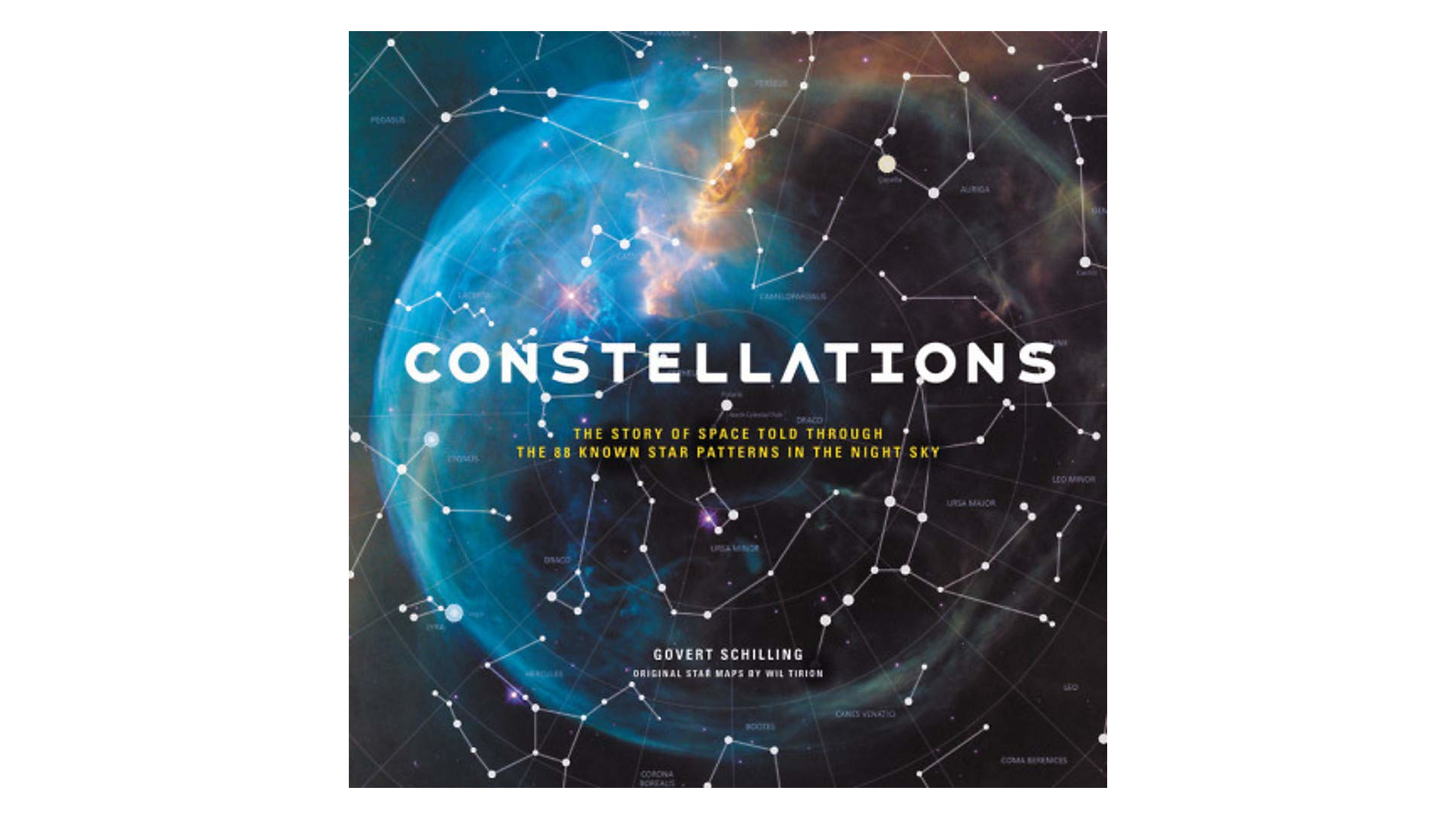
- Author: Govert Schilling
- Cartographer: Wil Tirion
- Publisher: Black Dog & Leventhal (2019
This lavishly adorned guide to all 88 constellations in the night sky, complete with an illustrated star map for each one by esteemed stellar cartographer Wil Tirion, provides the exact location of every constellation, the details of its structure, and data on its surrounding astronomical neighbors.
Award-winning astronomy writer Govert Schilling takes us on this splendid visual tour, offering a complete history of astronomy via the lens of the constellations themselves. Organized alphabetically by constellation, his stargazing companion profiles each shining formation and includes basic info including size, visibility, and number of stars, as well as information on the discovery and official naming of the constellations and associated legends surrounding them.
4. "Cosmos"
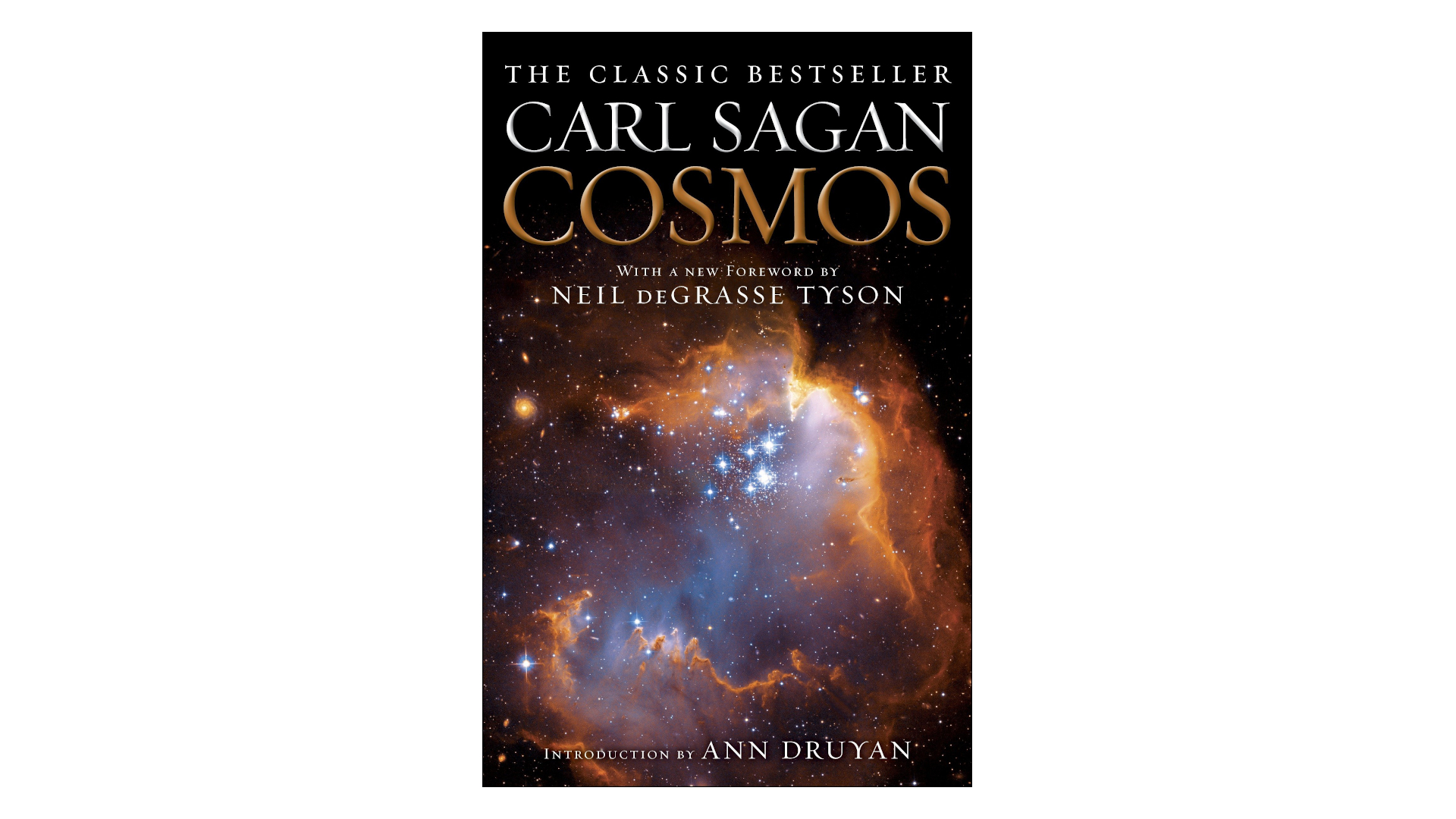
- Author: Carl Sagan
- Publisher: Random House (1980)
"Cosmos," by famed astronomer and science communicator Carl Sagan, is a deep dive into the history of science, philosophy and the universe. The book acts as a partner with Sagan's beloved 1980s TV show, "Cosmos: A Personal Voyage."
This book is a beautiful glimpse inside one of the greatest scientific minds in history. While some of it may seem dated, the book still stands up as one of the best popular science books ever written, and the language is just beautiful. ~Miriam Kramer
5. “Missions To Mars”

- Author: Larry S. Crumpler
- Publisher: Harper Design (2021)
With all the recent attention paid to the Red Planet, it’s nice to see a new book detailing all the excursions mankind has made to our ruddy-colored neighbor. Check out this insider account of NASA’s most important missions to Mars, injected with full-color photographs, and satellite imagery chronicling our voyage of discovery and search for evidence of organic life on the planet.
Author Dr. Larry Crumpler is one of the long-term planning leads for the Mars Exploration Rover Project, where he assisted in the daily communications between NASA and the rovers crawling around the planet to collect scientific data. In this informative planetary biography, Dr. Crumpler recounts the history of the Red Planet, from ancient times to pioneering discoveries being revealed by modern technology, including some of the first images from the Perseverance rover.
6. “Stars and Planets: The Most Complete Guide to the Stars, Planets, Galaxies, and Solar System” – Updated and Expanded Edition
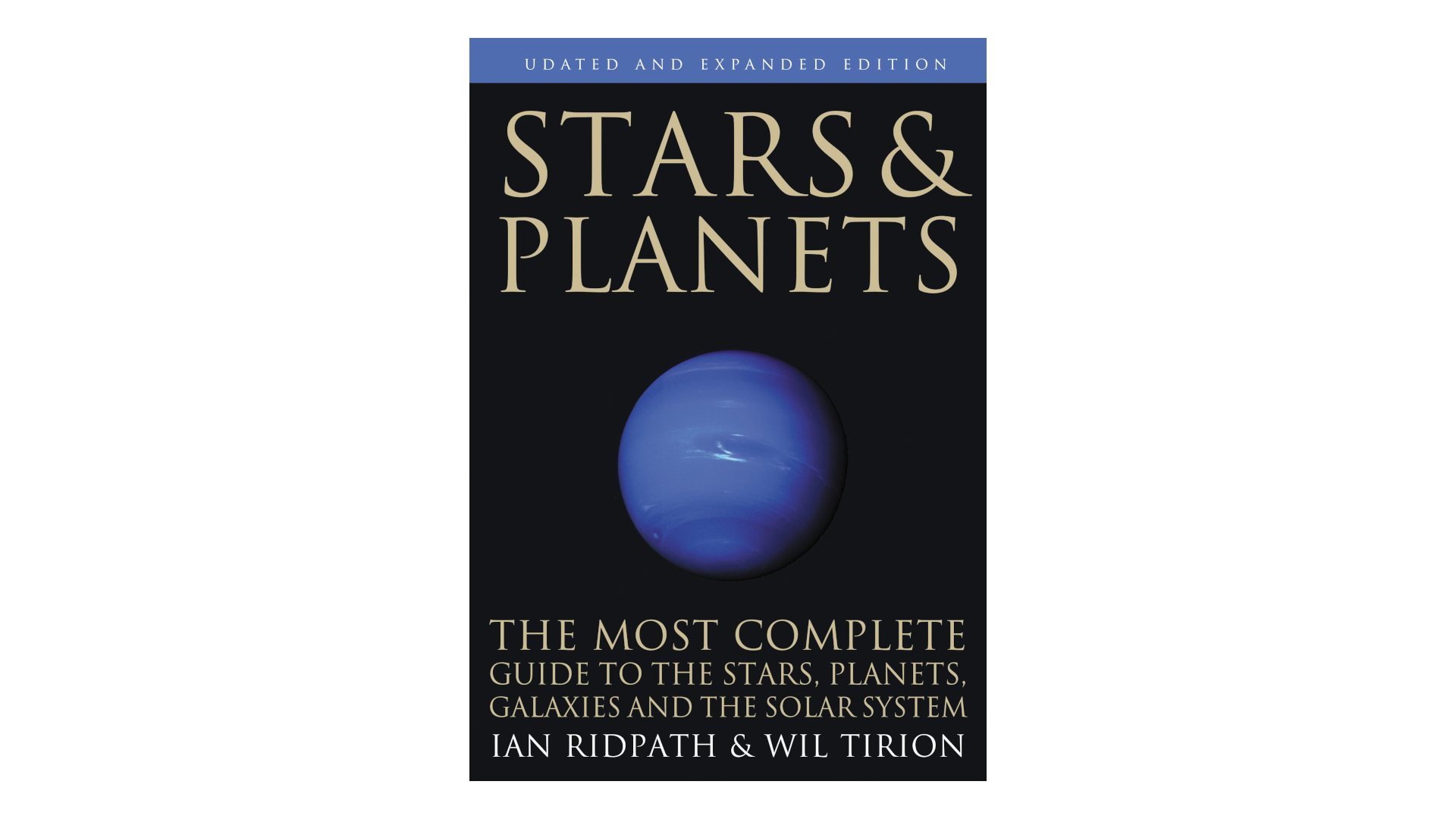
- Authors: Ian Ridpath and Wil Tirion
- Publisher: Princeton University Press (2017)
Here’s an indispensable book to those of us who venture out in the early hours of the morning to catch a glimpse of a rising planet or shimmering star. In this updated and expanded edition of their classic compendium, Ridpath and Tirion offer newbie stargazers and pro astronomers the most informative, comprehensive, and authoritative celestial field guide available.
It’s the work of a 30-year collaboration between one of the world’s leading astronomy experts and the planet’s foremost celestial mapmaker, and spotlights vivid color sky charts, diagrams, and photographs with clear writing, an attractive design, and an easy-to-carry, compact size. Includes the latest info on stars, a revised chapter on recent research on exoplanets, revised charts, and new photographs covering all 88 constellations in the Northern and Southern Hemispheres, and detailed Moon maps. It even has top tips on choosing and using binoculars and telescopes.
7. Sun Moon Earth

- Author: Tyler Nordgren
- Publisher: Basic Books (2016)
Throughout history, solar eclipses have transformed from terrifying omens to the subject of scientific study. In "Sun Moon Earth: The History of Solar Eclipses from Omens of Doom to Einstein and Exoplanets," astronomer-artist Tyler Nordgren traces the natural history of eclipses and how they have inspired eclipse chasers to travel the world and witness the natural phenomenon.
Nordgren's narrative also details how observations of total solar eclipses have contributed to scientific discoveries about the sun, moon and Earth's place in the universe throughout history. ~ Samantha Mathewson
Read an interview with the book's author here.
8. “The Mysteries of the Universe”

- Author: Will Gater
- Publisher: DK Children (2020)
This beautifully illustrated and alluring volume is aimed at younger minds interested in astronomy. Children can encounter strange planets, distant stars, and elaborate galaxies. From asteroids to black holes, each page of this entertaining book reveals the secrets behind more than 100 celestial objects.
Your little astronauts can embark on a journey out into the far reaches of the universe courtesy of storybook-style descriptions and simple text that delivers cool facts, myths, and key discoveries in a fun way. Its 224 pages are arranged to present heavenly objects from the closest to Earth to those furthest away, all matched with colorful, out-of-this-world pictures ideal for an educational astronomy-style bedtime.
9. “The Science of Interstellar”
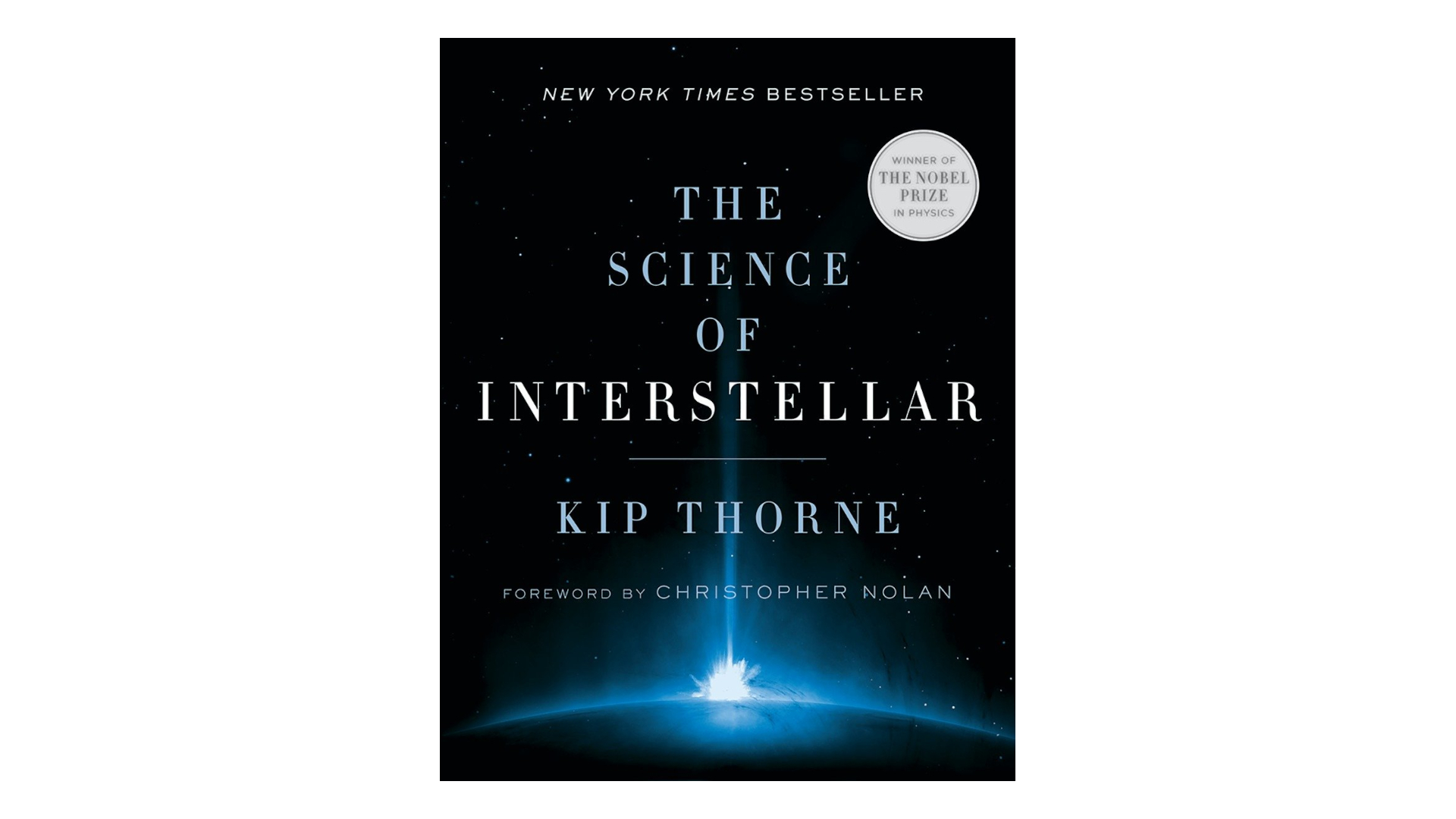
- Author: Kip Thorne
- Publisher: W. W. Norton & Company (2014)
Director Christopher Nolan’s time-twisting sci-fi epic, Interstellar, was one of that decade’s most ambitious films, and now Kip Thorne dives into the actual science behind the blockbuster Hollywood feature. Thorne is the Nobel Prize-winning physicist who collaborated with Nolan on the scientific aspects of Interstellar, which explains why it’s one of the 5 most realistic space movies out there. This book explains how the movie’s eye-opening events and stunning visuals are actually grounded in real-life science.
Thorne’s insights derive from the screenwriting and filming process and describe the physical laws that govern our universe and the related astonishing phenomena. You’ll be captivated as the author shares his own experiences working as Nolan’s science adviser as well as exploring the rooted science itself. Chapters target areas of interest such as wormholes, black holes, interstellar travel, and more.
10. “The Astrophotography Manual: A Practical and Scientific Approach to Deep Sky Imaging”
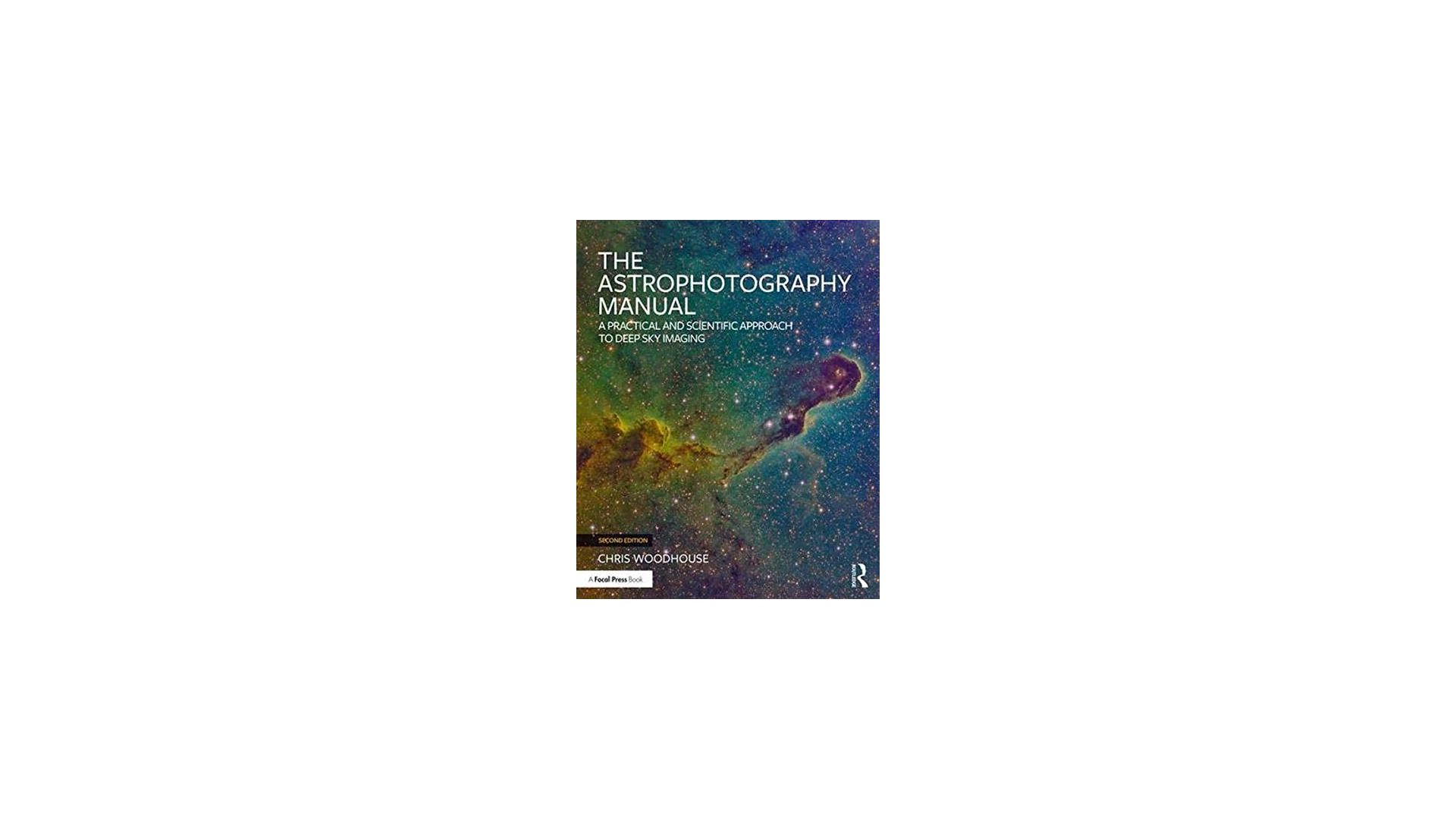
- Author: Chris Woodhouse
- Publisher: Routledge (2017)
Drop down the celestial rabbit hole with this revised second edition of “The Astrophotography Manual,” perfect for photographers ready to leap beyond standard SLR cameras and editing software to craft indelible images of nebulas, galaxies, clusters, and the stars.
Woodhouse starts with a brief astronomy primer, then marches readers on through the entire astrophotography process, from choosing equipment to capturing, calibrating, and processing. Encompassing both technical and hand-on approaches, this edition also houses more than 170 pages of new content inside 22 new chapters, with 600 full-color illustrations covering a wide range of hardware, including mobile devices, remote control, and new technologies. Also provided are useful insights into leading software including automation, Sequence Generator Pro, and PixInsight.
11. "The Demon-Haunted World: Science as a Candle in the Dark"
- Author: Carl Sagan and Ann Druyan
- Publisher: Ballantine Books/Random House (1995)

Sagan was one of the 20th century's greatest ambassadors and popularizers of science, and he doesn't disappoint in "The Demon-Haunted World." The book explains to laypeople just what science is, and how researchers use the process of scientific inquiry to understand the universe around us. There's a lot of debunking in "The Demon-Haunted World" — of alien encounters, channeling and other paranormal experiences — and Sagan even provides readers a "baloney detection kit" to help them navigate a confusing and chaotic world.
Like other Sagan works, this one is a fun and engaging read, but a great deal of ambition lurks beneath the fluid prose, as this quote from the book reveals: "If we can't think for ourselves, if we're unwilling to question authority, then we're just putty in the hands of those in power.
But if the citizens are educated and form their own opinions, then those in power work for us. In every country, we should be teaching our children the scientific method and the reasons for a Bill of Rights. With it comes a certain decency, humility and community spirit. In the demon-haunted world that we inhabit by virtue of being human, this may be all that stands between us and the enveloping darkness." ~Mike Wall
12. “Hubble Legacy: 30 Years of Discoveries and Images”
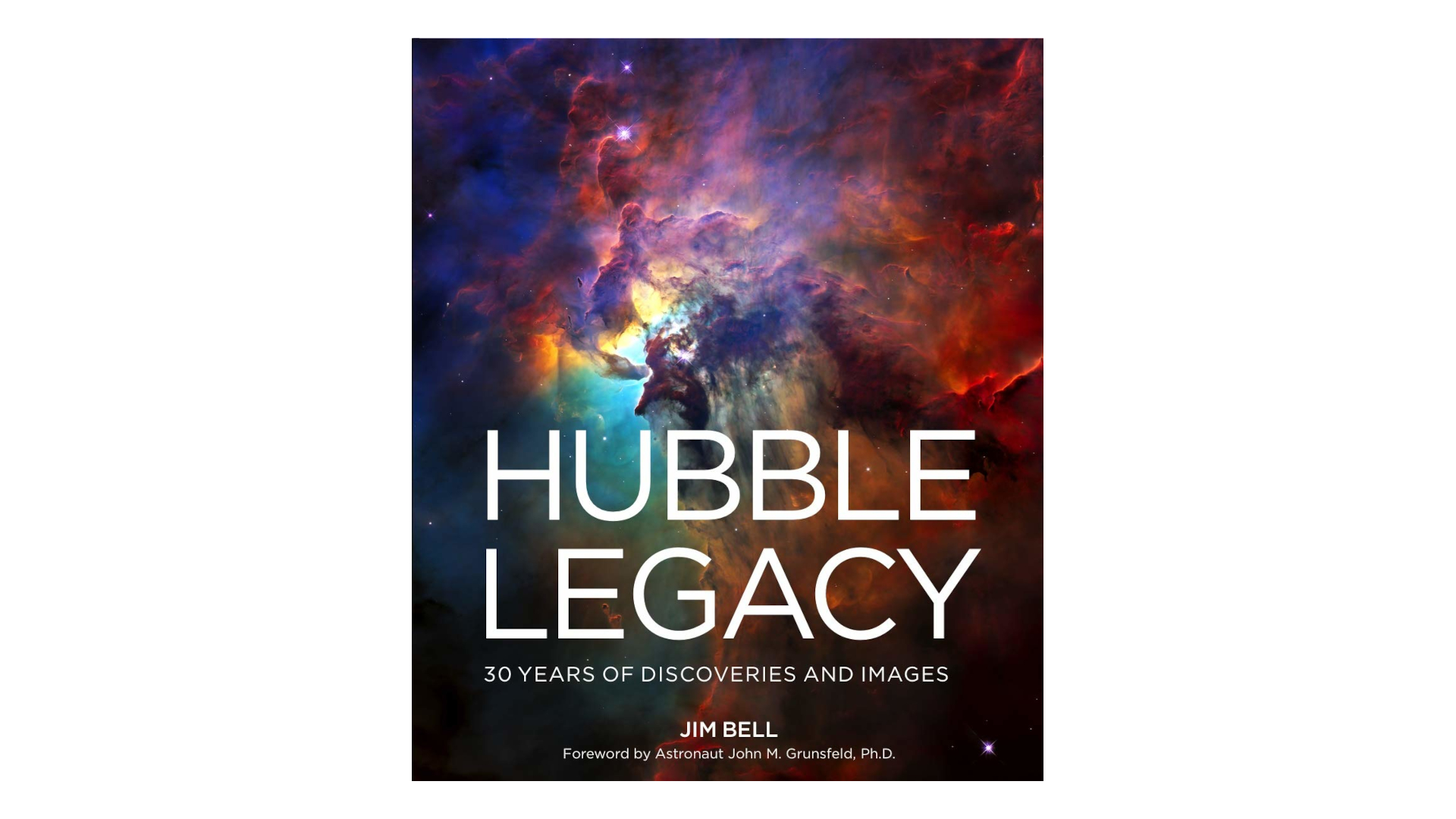
- Author: James Bell
- Publisher: Sterling (2020)
The Hubble Space Telescope has been in operation since 1990, when it was first launched into orbit and deployed by the space shuttle Discovery. Named in honor of well-known astronomer Edwin Hubble, the Hubble has revolutionized astronomy with over a million crystal-clear images of distant stars, galaxies, nebulae, cosmic clouds, solar flares, and other creations of the cosmos.
To help celebrate the 30th anniversary, Dr. Bell’s account of the famous space telescope’s setbacks and triumphs is described in absorbing detail alongside a fantastic collection of striking photographs curated using the past three decades of photos. Dr. Bell is a professor in the School of Earth and Space Exploration at Arizona State University and with this intriguing coffee-table book he explains how the Hubble has altered and advanced our understanding of the universe.
13. “Black Hole Survival Guide”

- Author: Janna Levin
- Publisher: Knopf (2020)
Have you ever considered what it would be like to cross over the event horizon and into the swirling maw of a supermassive black hole where time and space become distorted? Well, astrophysicist Janna Levin speculates on this very notion with great flair about exactly what that might feel like in this handy manual.
Aimed at inquiring enthusiasts, Levin’s book helps us to understand and embrace the myriad of mysteries that is a black hole, an entity considered to be one of the most destructive and awe-inspiring forces in the universe. Filled with original artwork from American painter and photographer Lia Halloran, the “Black Hole Survival Guide” spurs on our imagination and invites us on a semi-terrifying exploration of black holes. Within these pages you’ll learn via lively prose about various influences of black holes as they dot the universe, sculpt fledgling galaxies, and affect the shifting nature of reality that we exist in.
14. “What We See in the Stars: An Illustrated Tour of the Night Sky”
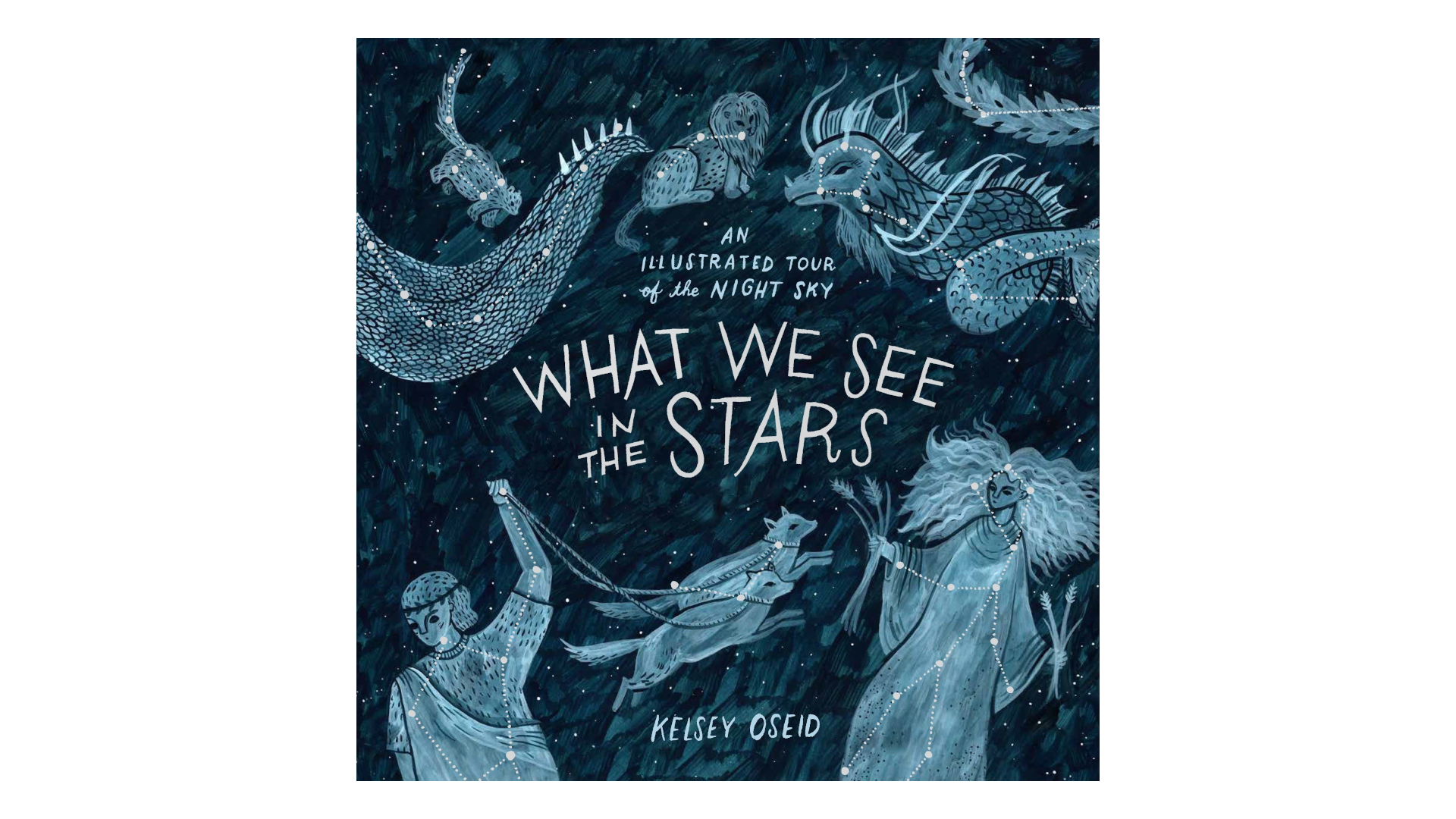
- Author: Kelsey Oseid
- Publisher: Ten Speed Press (2017)
Here’s a dreamy illustrated guide to the myths, legends, histories, and scientific evidence of the all-star celestial bodies in our solar system and beyond, all paired with rich stories and information on constellations, planets, comets, the northern lights, and much more.
Author Kelsey Oseid mixes up a provocative cocktail of art, mythology, and hard science to deliver readers into a wondrous tour of the night sky through over 100 charming pieces of original hand-painted art. Covering our galaxy and solar system’s most enticing features, “What We See in the Stars” also touches upon constellations, the Moon, major stars, nebulae, the fringes of deep space, and the visible planets. Perfect for parents hoping to rekindle magical moments of childhood stargazing and young readers interested in natural history and outer space.
15. "Black Holes and Time Warps: Einstein's Outrageous Legacy"
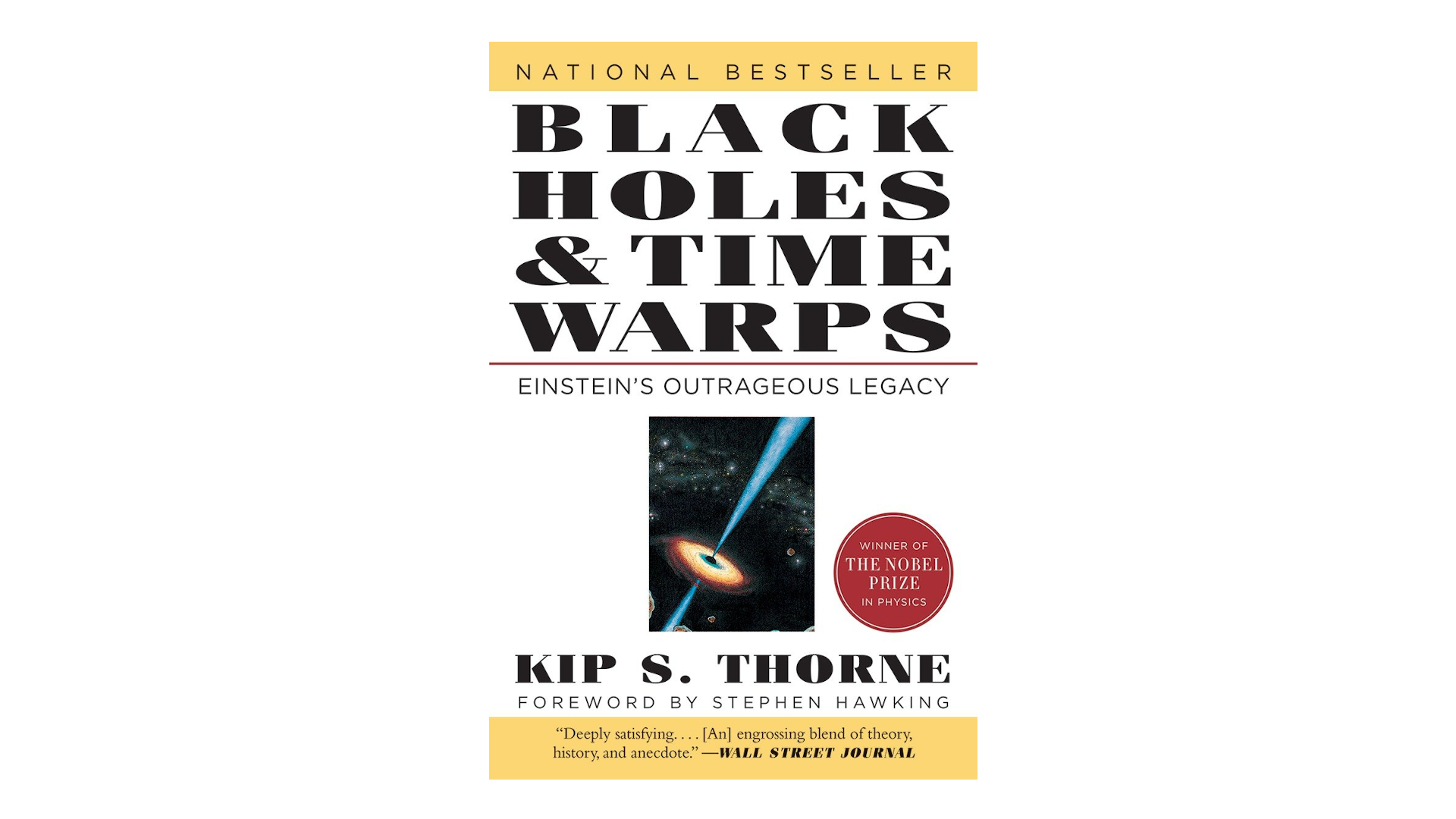
- Author: Kip Thorne
- Publisher: W. W. Norton (1994)
Theoretical astrophysicist Kip Thorne has spent his career exploring topics that once seemed relegated to science fiction, such as whether time travel is possible, and how humans could potentially travel from galaxy to galaxy via wormholes. In "Black Holes and Time Warps," Thorne provides an introduction to these and other mind-bending topics, at a level appropriate for nonscientists.
The book is not a light read — it goes deeper into the science than many pop physics books — but Thorne is the perfect person to take readers on this journey: He's a patient and entertaining teacher, and he never loses the thread of the story. On top of the science lessons, Thorne introduces a cast of characters who pushed these fields forward, and chronicles the fight by American and Russian physicists to continue scientific collaboration during the Cold War.
Twenty years after its publication, Thorne talked with Space.com about the new science he would add to the book in an interview with Calla Cofield.
16. "Hyperspace: A Scientific Odyssey Through Parallel Universes, Time Warps, and the Tenth Dimension"
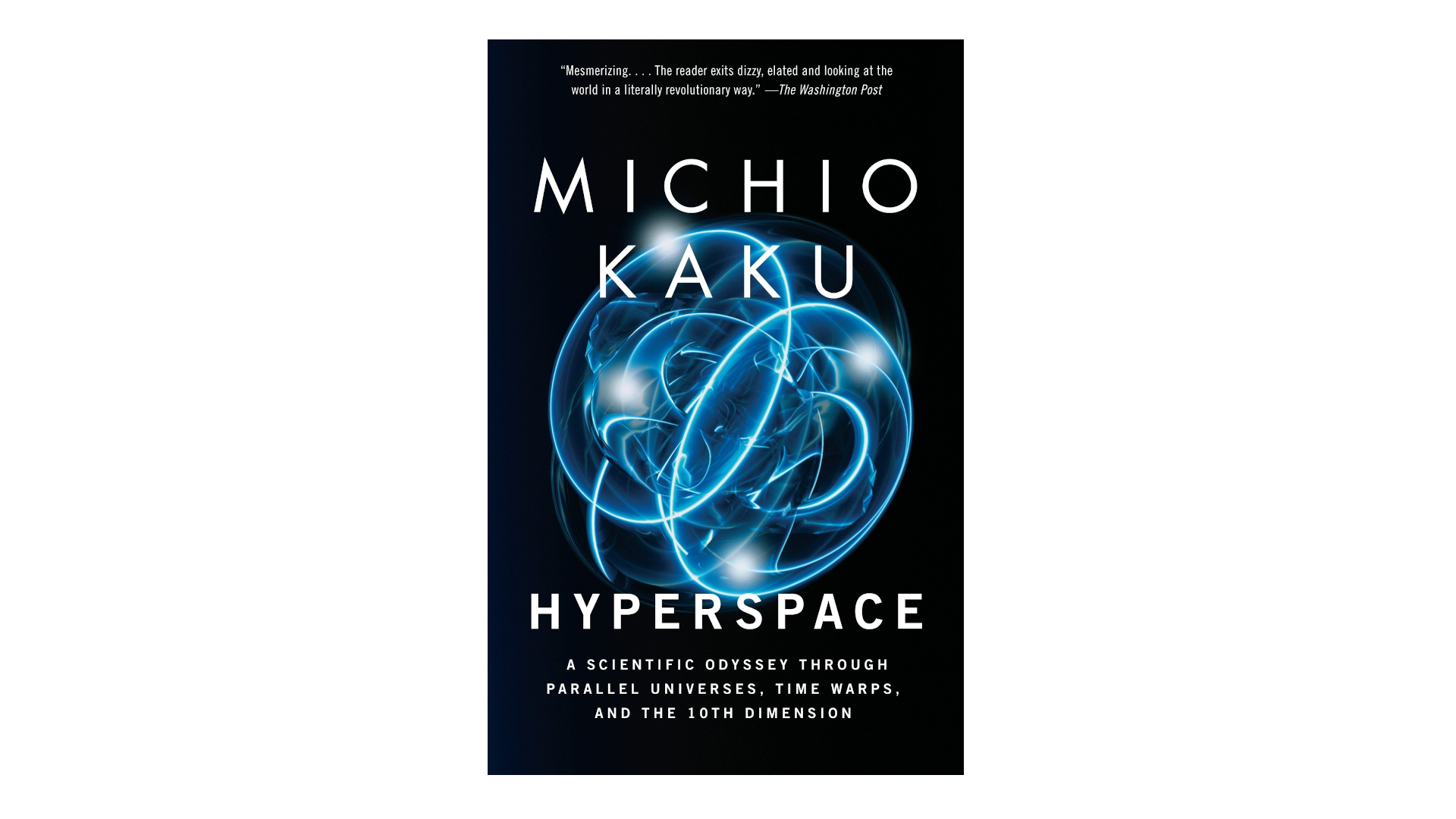
- Author: Michio Kaku
- Publisher: Oxford University Press (1994)
Our brains evolved to comprehend the world around us on a local and accessible scale. We're really not equipped to understand the universe as a 10-dimensional entity — and yet "Hyperspace" explains this revolutionary idea in such a lucid and engaging way that it makes a good deal of sense.
By the time you're done reading this book, you'll have a pretty solid grasp of why Kaku and other scientists think the basic forces in our universe — electromagnetism, gravity and the strong and weak nuclear forces — may actually just be vibrations in higher-dimensional space. And it's an extremely fun read, too, with excursions into such sexy topics as parallel universes, time travel and wormholes.
For example, did you know that you might be able to create a wormhole in your own kitchen using just an ice cube and a pressure cooker? All you have to do is figure out a way to heat the ice cube up to a temperature of 1032 degrees Kelvin.
Breaking space news, the latest updates on rocket launches, skywatching events and more!

Jeff Spry is an award-winning screenwriter and veteran freelance journalist covering TV, movies, video games, books, and comics. His work has appeared at SYFY Wire, Inverse, Collider, Bleeding Cool and elsewhere. Jeff lives in beautiful Bend, Oregon amid the ponderosa pines, classic muscle cars, a crypt of collector horror comics, and two loyal English Setters.
